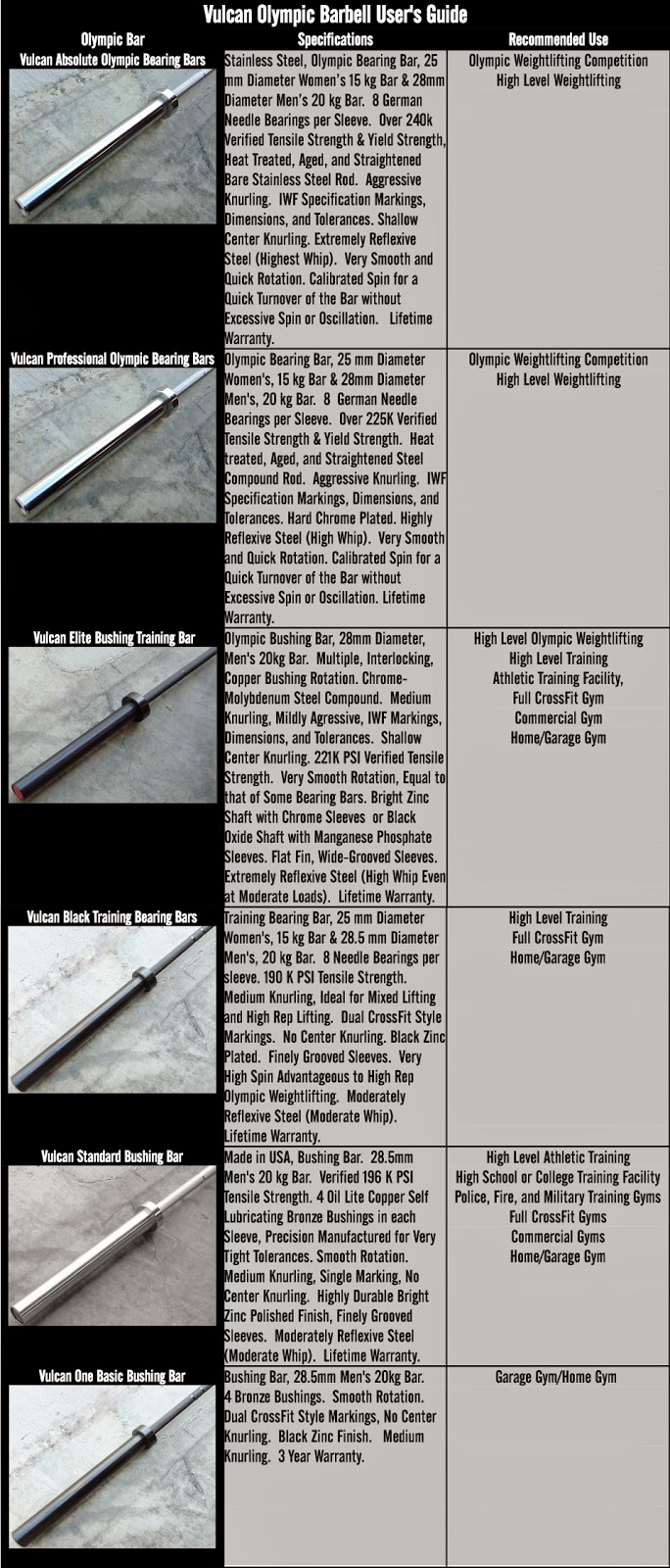By Coach Dan Bell
Lauren
Fisher, CrossFit Games athlete and USAW Junior National Champion
Look over the results of the last few
USAW National Championships, National Junior Championships, and
American Open Championships, and you see something many weightlifting
old-timers insisted could not happen: CrossFitters are breaking into
the weightlifting world with surprising success, especially on the
women’s side. It is not uncommon for new weightlifters whose
primary mode of training is CrossFit to do very well at national
weightlifting events. You can find CrossFitters in the A sessions, on
the podium, or even on the top of the podium. Despite the
self-certain predictions of some in the old guard, CrossFit’s
impact on weightlifting goes beyond popularizing the sport.
CrossFitters are competitive and even winning. How can this be?
CrossFitters who come to weightlifting bring an approach, habits, and
attitudes that can help dedicated weightlifters excel. These aren’t
new ideas, but things that some weightlifters and weightlifting
coaches have forgotten.
CrossFitters moving to weightlifting
soon realize they have inferior technique compared to most
weightlifters and become obsessive about it. They come from a
background of poor form, so when they improve their technique under
the guidance of a good weightlifting coach, their lifts quickly go
up. This reinforces for them how vital good technique is to putting
more weight over your head. They don’t have a meat-head response to
technique improvement: “I just need to get stronger!” They will
actually find the best weightlifting coach available and pay them to
make them better technicians. And they listen—carefully.
Cassidy
Duffield, CrossFit athlete and USAW National Champion
CrossFit training volume is high,
sometimes ridiculously high. CrossFitters are constantly trying to
increase their work capacity. I have trained several former
CrossFitters in weightlifting, and I made the mistake of giving them
too little to do. They can handle far more training volume, even
strictly weightlifting volume, than some lifters who don’t have a
CrossFit background. They are in better training shape than many
weightlifters.
I am not recommending that
weightlifters base their training on CrossFit-type GPP. What I am
suggesting is that many weightlifters can handle far more training
volume. Weightlifters generally don’t like the high volume phase of
training because their lift numbers go down. It’s as hard on their
egos as it is on their bodies. But this is the phase where squat
numbers, training fitness, and recovery capacity go up. This is where
you get in shape to train heavy and often.
CrossFitters make mobility work a part
of the training, not an afterthought. If you can’t keep your palms
on the bar in the jerk rack position, if you can’t keep your lower
back arched and tight in your snatch start position or at the bottom
of a squat, you need to work mobility until you can. That means
making it a planned part of every workout, like
CrossFitters do. That doesn’t mean randomly flopping around on a
roller or working on it two or three times a week or whenever your
coach hassles you about it. Target problem positions and do it every
workout, or better yet, every day. Every. Day.
CrossFitters eat better than
weightlifters. They just do. Yes, I know, obsessing over Paleo and
getting a six pack are annoying, but frankly, the lifters who come
from CrossFit have better body composition than most “real”
weightlifters. Some are a bit too lean for optimal strength
performance, sure, but as Zygmunt Smalcerz, Olympic Training Center
Head Coach, said when he first got to the USA, “American lifters
are fat.” While eating a strict Paleo diet is not conducive to
optimal performance, more weightlifters need to give priority to
their diet and body composition.
Finally, in my experience, CrossFitters
handle the minor injuries, aches, and pains of hard, high-volume
training better than many weightlifters I’ve coached. It comes with
the territory in CrossFit. It beats the hell out of people, but
CrossFitters don’t bitch about it in proportion to what they feel.
They’ve accepted it as part of training and do all they can to
mitigate the damage. They get massage, see a chiropractor, address
nagging injuries with common recovery modalities, get a proper
diagnosis of the problem. In short, they handle their business when
it comes to pain and injury. Weightlifters, in large part, can do a
better job of that. Many newcomers to weightlifting wonder when the
joint aches, minor muscle strains, low-grade tendonitis, and other
common side effects of hard training will pass. My usual answer is,
“When you retire from the sport.” It’s a lie, of course. By
then some of it is permanent, and the price for athletic fun.
Advanced athletes in both sports know this and accept it. It is at
the beginner and intermediate level where CrossFitters have accepted,
even embraced, the pain and keep pushing. Now I am not talking about
keeping real injury a secret from your coach, but how many times do
they need to hear about your nagging elbow tendonitis, sore knees, or
abrasions on your shins? Take care of it the way you know you should,
stop bitching, and grind on.
Weightlifters can learn from
CrossFitters if we pay attention, if we listen, rather than demean or
mock the sport. If we cannot, as a weightlifting country, climb out
of a team ranking in the 20s to 30s, we have no high perch from which
to condescend. With a little humility, we might just learn something.
Dan Bell will be instructing the next Vulcan Weightlifting Seminar at Asheville Strength & Conditioning April 18th-19th. See details and registration information Here.



